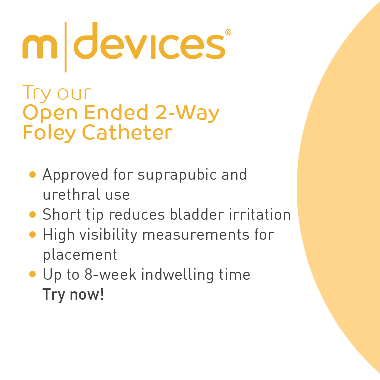Volume 30 Number 2
Can targeted, non-invasive, EMG-uroflowmetry led assessments help characterisation of non-neurogenic bladder dysfunction in children?
Dr Naveen Wijekoon, A/Prof Aniruddh Deshpande
Licensed under CC BY 4.0
DOI 10.33235/anzcj.30.2.24
Background: Non-neurogenic bladder or lower urinary tract dysfunction (LUTD) is a common clinical entity in children with the majority responding to urotherapy. For those refractory to urotherapy, identifying the optimal investigation is a challenge. Invasive urodynamics (Videocystometrography- VCMG) is poorly tolerated by school age children and artefact prone in toddlers.
Aims: To evaluate diagnostic efficacy and acceptability of EMG-uroflowmetry led non-invasive testing protocol for children who remain refractory to urotherapy with limited or no concerns about progressive damage to upper tracts.
Methods: Database and medical chart review of consecutive cases referred from the bladder clinic, urology clinic and/or medical clinics was undertaken. Patients who underwent non-invasive testing with a background of structural anomalies were excluded. After ruling out faecal impaction, optimised EMG-uroflowmetry was performed. ICCS endorsed diagnoses were given for the dominant abnormality using the EMG-uroflometry information, bladder diary and post void residuals. Data were analysed to estimate change to or supplementary diagnoses, escalation to VCMG, treatment outcomes (wherever available) and compliance/acceptability by patients and families.
Results: Ninety-two studies (out of a total of 127) were eligible from 2019 to 2023 [54.3% (n=50) males; median age 9 (4-16) years]. Out of the 92 studies, 62% (n=57) had abnormalities of lower urinary tract function 52.6% (n=30) dysfunctional voiding; 26.3% (n=15) possible underactive bladder; 15.8% (n=9) primary bladder neck dysfunction; 5.3% (n=3) possible overactive bladder. Background diagnoses included vesicoureteric reflux (35.1%), severe constipation/bladder-bowel dysfunction (21%). Pre and post-test diagnoses were similar in 33.3% (n=19) whereas EMG-uroflowmetry changed the LUTD diagnosis in 66.7% (n=38). Out of the total 127, further invasive UDS was required in 1.6% (n=2) patients. Follow-up non-invasive testing to assess treatment response was performed in 7.1% (n=9). No family or child refused or reported extreme distress. Two patients (3.5%) could not void.
Discussion: Although no information could be obtained regarding storage or voiding pressures, EMG-uroflowmetry led assessments were well accepted by patients and allowed a robust characterisation of voiding patterns and enabled redirection of care in children with non-neurogenic bladder dysfunction refractory to urotherapy.
Author(s)
Dr Naveen Wijekoon1, A/Prof Aniruddh Deshpande2
1Children’s Hospital At Westmead, Westmead, Australia
2Children’s Hospital At Westmead, Faculty of Medicine and Health - University of Sydney, College of Health, Medicine and Wellbeing - University of Newcastle, Westmead, Australia


